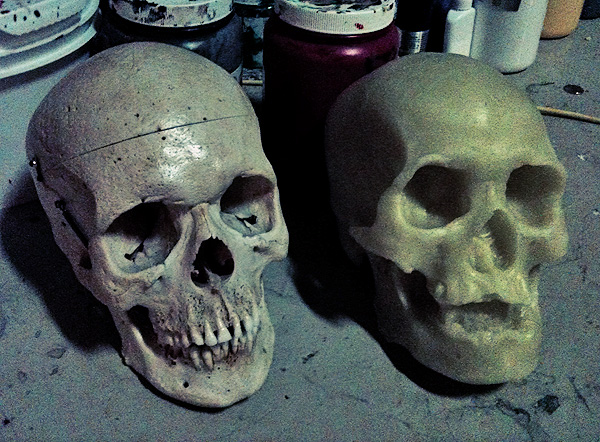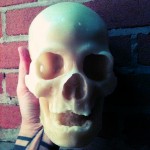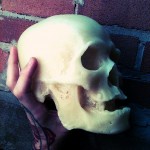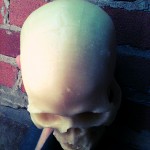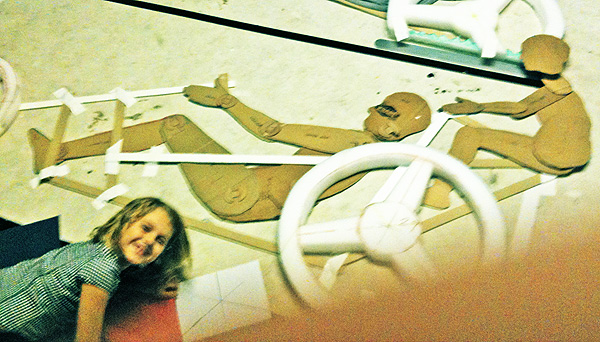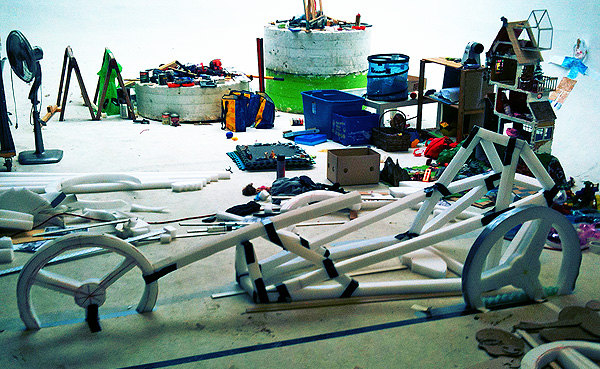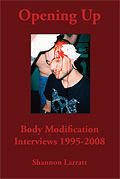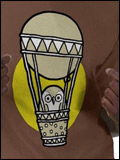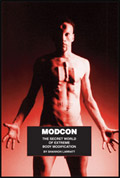A few days ago I bought myself an early solstice present, a point-and-shoot Fuji FinePix REAL 3D W3 digital camera. It’s got dual lenses, which are primarily there for shooting 3D videos and pictures but can also do cool stuff like taking two simultaneous photos using different exposure settings and tricks like that. Even cooler, it’s got a no-3D-glasses-required lenticular screen on the back so you can view your popping-right-out-of-the-camera images after you take them. This is actually the only way that I have to view 3D right now, so as you can imagine I’ve been eyeballing another toy — Caitlin (poor injured Caitlin) has been coveting a projector, and to my amazement you can get 3D capable ones for well under a grand.
I’m totally sold on the notion that 3D isn’t just a trend. Right now the market is set to flood and I think, in time, be dominated by simple dual lense 3D cameras. As 3D televisions and monitors, especially those that use lenticular screens and other methods that allow you to enjoy the 3D images and videos without special glasses, become the norm, we’ll forget all about 2D just like we’ve forgotten about black and white — “oh, how quaint” we’ll think when we watch old and strangely “flat” 2D movies. If I have to predict the evolution of the technology, I’d say that this will be followed by cameras that are able to also record per-pixel depth information in addition to what our eyes and brains will interpolate from the stereogram. I imagine this will begin with something that works a lot like the Kinect and then moves on up to something like a laser depth scanner like what the clever cars that drive themselves use, or what wealthy police departments use to record a crime scene. After that the next logical step is to include GPS, gyroscopes, accelerometers and other tech that lets the camera become aware of its location, in order to allow a person to take multiple photos of a scene which can then be reconstructed into a true 3D scene where the viewer can travel through it rather than being forced to stand in the photographer’s shoes. This could also work with multiple cameras, and would be incredibly immersive. I don’t see any reason why this entire evolution has to take more than a few years.
For now, I’m going to try and convert some of the pictures (manually) into “jiggle 3D” and see how that goes. The rest of the entry with more of that is after the break.
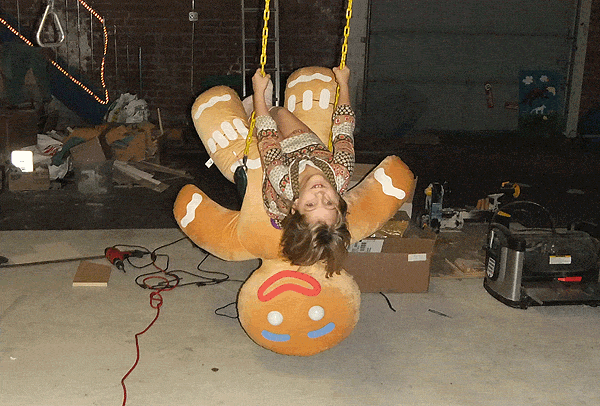
Anyway, feel free to click on through if you haven’t already. Hope it doesn’t crash your browser.
